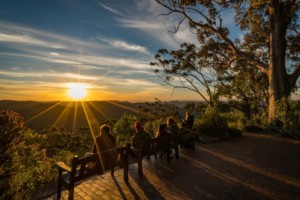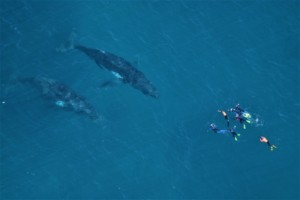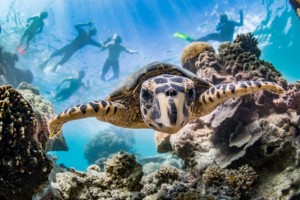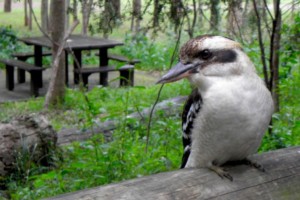Lessons in resilience: Binna Burra’s rise from the ashes
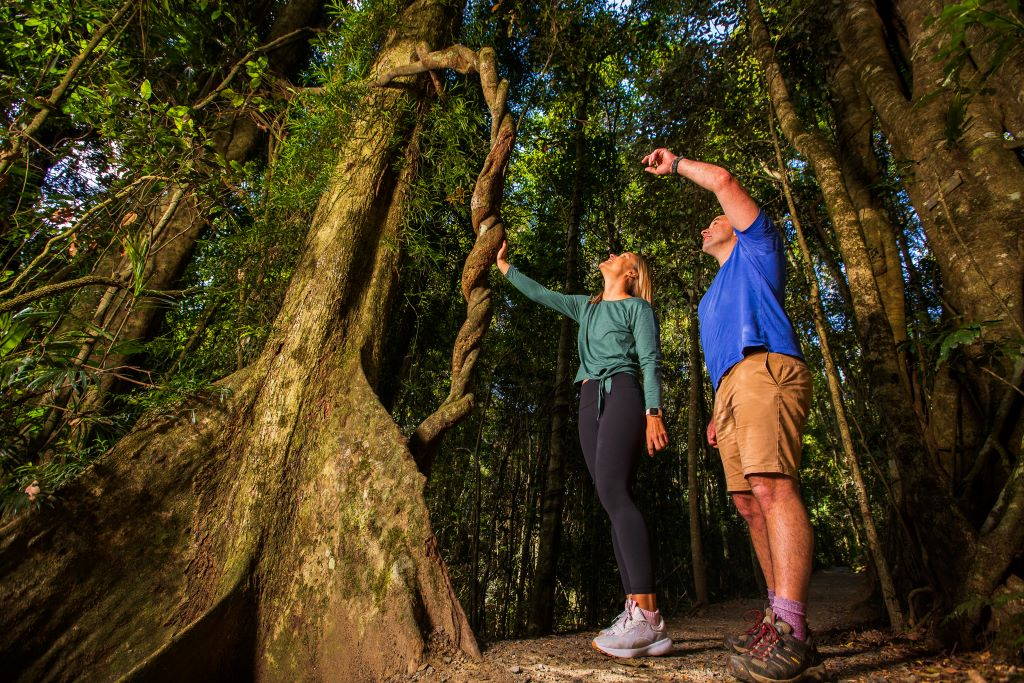
Despite a devastating wildfire in September 2019 and the global pandemic that followed, Australia’s Binna Burra Lodge is open for business. Drawing from that recovery story, Jonathon Day shares five lessons in resilience that any tourism business can apply.
It’s a “Good Tourism” Insight. [You too can write a “GT” Insight.]
On September 8, 2019, a bushfire all but destroyed one of Australia’s iconic ecolodges.
Binna Burra Lodge’s recovery, despite the additional challenges of the pandemic, provides important lessons for disaster preparedness and resilience.
The bushfire that impacted Binna Burra Lodge was part of a season of bushfires that raged across Australia in the summer of 2019/20.

They burned more than 17 million hectares.
Following the driest year on record, the severity of the bushfire season is partially attributed to climate change.
Ecotourism products, like Binna Burra, are particularly vulnerable to climate change.
The impacts of climate change on our natural environment can be gradual — as ecosystems adapt to warmer temperatures and changing precipitation — or they can be immediate and catastrophic because of extreme weather.
Binna Burra Lodge is located within the Lamington National Park in southern Queensland, Australia. Lamington National Park, one of the national parks of the Gondwana Rainforests World Heritage area, is temperate rainforest.
The region is recognised for its “outstanding biodiversity”, and the Binna Burra Lodge experience of access into the national park is internationally renowned.
Don’t miss other “Good Tourism” posts tagged with
“Ecotourism and nature-based tourism”
“Hotels, resorts, and other accommodation”
“Risk and crisis management”
“Tourism resilience and recovery”
In some ways, Binna Burra Lodge holds a unique position. It is an ecotourism enterprise operating in a developed country, with infrastructure and institutional support not available to many ecotourism businesses.

Operating since 1933, Binna Burra Lodge is one of Australia’s most well-known nature-based tourism operations.
It has been a leader in ecotourism operations and has been certified as an Ecotourism Australia “advanced ecotourism’ business since 1997.
This certification recognises Binna Burra Lodge’s commitment to operating with minimal impact on the environment and providing opportunities for guests to learn about the environment. It recognises an operator that achieves best practices, uses resources wisely, and helps the local community.
Despite these advantages, it still faced significant challenges. On receiving news of the damage, the international The Guardian newspaper published an obituary.
Two years on — and despite the global pandemic — Binna Burra Lodge was once again welcoming guests.
There are lessons to be learned from Binna Burra’s experience these last few years that can be applied to any tourism business. Here are five:
1. Be prepared: Have a plan and follow it
Binna Burra not only had a plan to deal with the disaster, but they also prepared to implement it. In the weeks before the fire, staff practiced drills. As the fire approached, the staff and management followed the plan and had clear roles and responsibilities.
2. Build your social capital
It is said that the first, best step most people can do to build resilience is to meet their neighbors. Binna Burra’s recovery shows the importance of building social capital over the long term.
They had a deep reservoir of goodwill from visitors and other friends of Binna Burra.
The hashtag #BringBackBinnaBurra demonstrated the deep connections felt for the property, and a crowdfunded recovery fund provided important resources.
Also see Steve Noakes’ “GT” Insight
“From the ashes: The role of solidarity in Binna Burra’s tourism recovery”
Binna Burra lodge’s support extended beyond previous customers to its deep ties in the local community. Personnel engaged with community rebuilding even as they worked on Binna Burra’s recovery.
Binna Burra Lodge’s management also had deep relationships with all levels of the tourism industry — local, state, national, and international — having contributed their expertise and leadership to industry associations.
In the difficult days following the fire this reservoir of social capital resulted in resources and offers of support that proved critical in the recovery process.
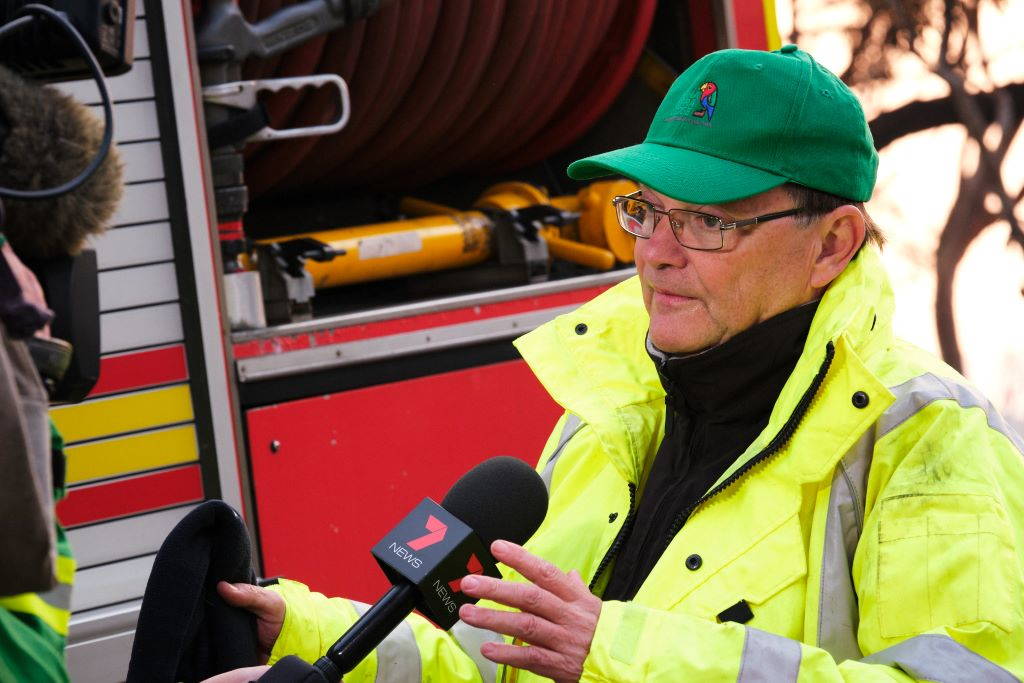
3. Communicate, communicate, communicate
Steve Noakes, Chairman of Binna Burra Lodge, took the role of communicator in chief during the fire and through the recovery.
Although faced with a range of operational issues during this time, Steve prioritised keeping stakeholders informed of the issues facing the ecolodge.
Also see Gabby Walters’ “GT” Insight
“How travellers respond to crises and how to minimise cancellations”
As disasters fade from the headlines, it is easy for stakeholders — friends, past visitors, industry supporters — to lose focus on the challenges of those impacted by disaster.
Communicating with these stakeholders kept them engaged with the business as they faced challenges in the months following the fire.
4. Focus on the future: Reset, reimagine, recreate
Binna Burra faced significant challenges in the aftermath of the fire: Managing cash flow as bookings canceled and refunds came due, rebuilding the team that was laid-off following the fire, and recreating the lodge itself. All during the pandemic.
Nevertheless, the Binna Burra team stayed focused on building back better.
Binna Burra Lodge operates with a clearly articulated mission:
To be a meaningful connection between nature and heritage by providing a gateway to the Lamington National Park, offering a range of eco-friendly accommodation, activities, and experiences, and by nurturing and improving the land and the heritage buildings of which they are the custodians.
Also see Sonia Beckwith’s “GT” Insight
“What to keep, change, do in a crisis”
Binna Burra Lodge’s response to the fire was to assess how to best achieve those goals in the face of the new reality.
Despite the challenges, the fire created opportunities to reimagine the Binna Burra Lodge experience. While the loss of historic buildings was painful, management embraced an ethos of building back better.
5. Reassess risks
Risks change over time and the conventional wisdom may need to change.
The idea that the sub-tropical rainforest surrounding Binna Burra was at bushfire risk seemed unlikely. Until it wasn’t.
As a certified Advanced Ecotourism business, risk assessment is an important part of the management process at Binna Burra Lodge. Even so, the possible impacts of the changing environment seemed far off.
The events of 2019 have brought the impacts of climate change into sharp focus.
As Steve Noakes states in Binna Burra’s 2020 strategic planning documents: “Our responsibility now is to have a vision that is crafted on the knowledge and understanding of the climate as it will impact the tropical and sub-tropical rainforest.”
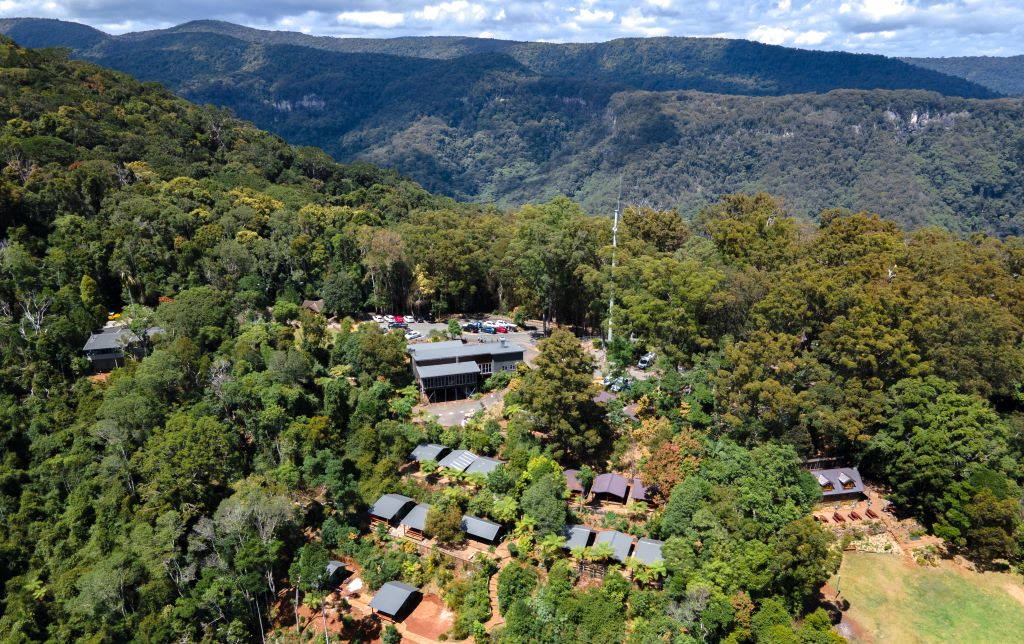
Today, more than two years after the fire, Binna Burra Lodge is once again open and welcoming guests for world-class ecotourism experiences.
Recovery is a long journey, but Binna Burra Lodge has successfully navigated the first stages and has set a course for an exciting future.
For more information
Several reports and book chapters examine Binna Burra Lodge’s recovery.
The Griffith Institute for Tourism has published a definitive case study.
Two chapters — one examining Binna Burra Lodge in the context of climate change, and the other focusing on their approaches to regenerative tourism and the circular economy — can be found in the recently published Routledge Handbook of Ecotourism.
Featured image (top of post): Lamington National Park is easily accessible from BInna Burra Mountain Lodge, Queensland, Australia.
About the author

Jonathon Day is an Associate Professor in Purdue University’s School of Hospitality and Tourism Management, Indiana, USA.
In addition to writing more than 50 academic articles and chapters, Dr Day is the author of An Introduction to Sustainable Tourism and Responsible Travel and co-author of The Tourism System 8th Edition. Jonathon is also the lead investigator of the Sustainable Tourism and Responsible Travel Lab and chair of the Travel Care Code Initiative.


